Western Red Cedar Tree
- October 2, 2023
- 0 comment

The Western Red Cedar Tree, scientifically known as Thuja plicata, stands tall and proud in the lush landscapes of the Pacific Northwest. Its majestic presence, characterized by red-brown bark and delicate, feathery fronds, makes it an emblematic icon of the region’s natural beauty. Beyond its aesthetic allure, this evergreen has deep roots in the cultural tapestry of indigenous communities. Native American tribes, including the Coast Salish and Haida, have long revered the Western Red Cedar for its versatility.
It holds a sacred place in their spiritual practices and is used in crafting traditional tools, shelter, and art. As a key player in the temperate rainforests, it contributes significantly to the intricate balance of the ecosystem by providing habitat for diverse wildlife, enriching the soil with its fallen needles, and preventing erosion through its intricate root system. From a practical standpoint, its prized timber has become a cornerstone of the regional economy, finding applications in construction, furniture, and even culinary traditions.

| Characteristics | Description |
| Scientific Name | Thuja plicata |
| Common Names | Western Red Cedar, Giant Arborvitae, Pacific Red Cedar |
| Height | Up to 200 feet (61 meters) |
| Bark | Reddish-brown and fibrous |
| Foliage | Scale-like leaves, aromatic when crushed |
| Habitat | Native to the Pacific Northwest of North America |
| Climate | Thrives in cool, damp, temperate climates |
| Growth Rate | Slow to moderate initially, then rapid once established |
| Lifespan | Can live for several centuries |
| Sun Requirements | Grows well in both full sun and partial shade |
A Brief History
The Western Red Cedar (Thuja plicata) stands as a venerable giant in the Pacific Northwest, tracing its history through the annals of time. Revered by indigenous communities for centuries, this majestic evergreen has witnessed the passage of generations. Native American tribes, such as the Coast Salish and Haida, held the Western Red Cedar in high regard for its versatility, weaving it into their cultural and spiritual practices. Early European settlers soon recognized its value, utilizing the sturdy wood for a myriad of purposes, marking the beginning of a long and fruitful relationship between humans and this remarkable tree.

Botanical Features

Distinguished by its striking red-brown bark and feathery fronds, the Western Red Cedar is a botanical marvel. Towering over its forest companions, it can reach heights of up to 200 feet, creating a majestic presence in the temperate rainforests it calls home. The tree’s unique flat scale-like leaves emit a distinct fragrance when crushed, filling the air with a perfume that lingers in the memory. Its durability and resistance to decay stem from natural compounds within the wood, making it an enduring symbol of strength and resilience in the plant kingdom.
Cultivation and Care
Cultivating Western Red Cedar requires an understanding of its specific habitat needs. Thriving in moist, well-drained soils, this tree flourishes in the cool, damp climate of the Pacific Northwest. With careful attention to these conditions, growers can foster the growth of healthy, robust specimens. Though slow to establish, the Western Red Cedar rewards patience with its rapid growth once established. Careful pruning and protection from pests ensure that these trees stand as proud sentinels, contributing to the lush green landscapes they inhabit.

Ecological Importance
Beyond its aesthetic appeal, the Western Red Cedar plays a crucial role in the delicate balance of ecosystems. Acting as a habitat for various species, its broad branches provide shelter for birds, insects, and small mammals. The fallen needles create a rich humus, enriching the soil and supporting the growth of diverse plant life. Furthermore, the tree’s intricate root system helps prevent soil erosion, contributing to the overall health of the forest ecosystem. Preserving these cedar stands is not merely an environmental choice but a commitment to sustaining the intricate web of life within these biodiverse habitats.


Wood Products and Applications
Renowned for its exceptional wood quality, the Western Red Cedar has become a staple in various industries. Its lightweight yet durable wood lends itself to a plethora of applications, from construction to crafting. The timber is resistant to decay and insects, making it an ideal choice for outdoor structures like fences and shingles.


The distinctive color and grain of the wood also make it a favorite for furniture, adding a touch of natural elegance to homes and gardens. The versatile applications of Western Red Cedar extend its legacy beyond the forest, contributing to the construction and craftsmanship that defines the region.
Culinary Applications
The Western Red Cedar transcends its role as a timber resource, finding a surprising place in culinary traditions. Indigenous communities have long used cedar wood in cooking practices, employing it to impart a unique flavor to their dishes. Salmon, in particular, benefits from the aromatic essence of cedar, as the wood imparts a delicate smokiness to the fish when used in traditional cooking methods such as plank grilling. This culinary connection adds a flavorful layer to the rich tapestry of the Western Red Cedar’s contributions to human culture.


Benefits
The benefits of the Western Red Cedar extend far beyond its aesthetic and practical value. The tree serves as an emblem of sustainable forestry practices, promoting the importance of preserving natural habitats and biodiversity. Its wood, known for its longevity, reduces the need for frequent replacements, lessening the environmental impact of resource consumption. Cultivating and utilizing Western Red Cedar responsibly aligns with a broader commitment to environmental stewardship, ensuring that this majestic tree continues to inspire and sustain for generations to come.

The Western Red Cedar – A Living Legacy
The Western Red Cedar, rooted in the Pacific Northwest, represents a living legacy of nature’s resilience and cultural significance. With deep ties to indigenous cultures, it plays a pivotal role in forest ecosystems, providing habitat, enriching soil, and preventing erosion. Its prized timber fuels regional economies, while its distinctive qualities find applications in construction, craftsmanship, and culinary traditions. This remarkable tree is a reminder of the interconnectedness between humans and the environment, urging us to preserve both its cultural and ecological heritage for future generations.
Frequently Asked Questions (FAQs)
- Can Western Red Cedar wood be used for musical instruments?
Western Red Cedar is prized for its acoustic qualities, making it a popular choice for soundboard material in acoustic guitars and other stringed instruments. Its lightweight and resonance properties contribute to the warm, rich tones produced by these instruments. - Is there a connection between Western Red Cedar and indigenous art?
Yes, indeed. Indigenous peoples of the Pacific Northwest have historically used Western Red Cedar extensively in their art and cultural expressions. Totem poles, intricately carved masks, and ceremonial objects are often crafted from this wood, reflecting the deep cultural significance of the tree. - What makes the aroma of crushed Western Red Cedar leaves unique?
The crushed leaves of the Western Red Cedar emit a distinct fragrance often described as sweet, resinous, and slightly citrusy. This aroma is due to natural oils and compounds within the leaves, and it has cultural and practical applications, including use in traditional indigenous ceremonies. - Can Western Red Cedar be grown outside of its native range?
Western Red Cedar can be successfully cultivated in regions with temperate climates similar to its native habitat. It has been planted in other parts of North America and around the world, where it adapts well to well-drained soils and adequate moisture. - How does Western Red Cedar contribute to sustainable forestry practices?
Sustainable forestry practices involving Western Red Cedar include responsible harvesting, reforestation efforts, and protection of old-growth cedar forests. These practices ensure the longevity of this valuable resource while maintaining forest health and biodiversity.


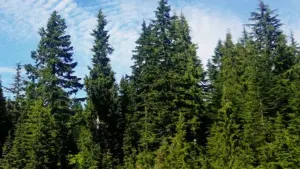
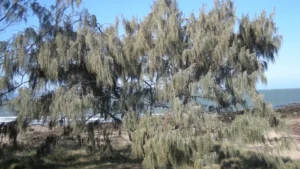


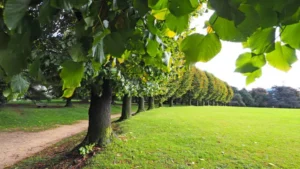
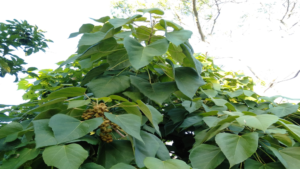
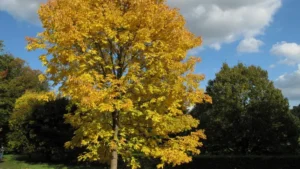

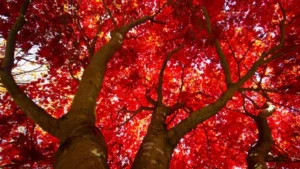
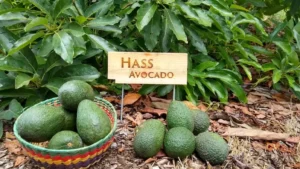
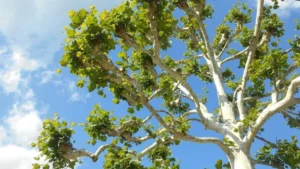

Leave your comment